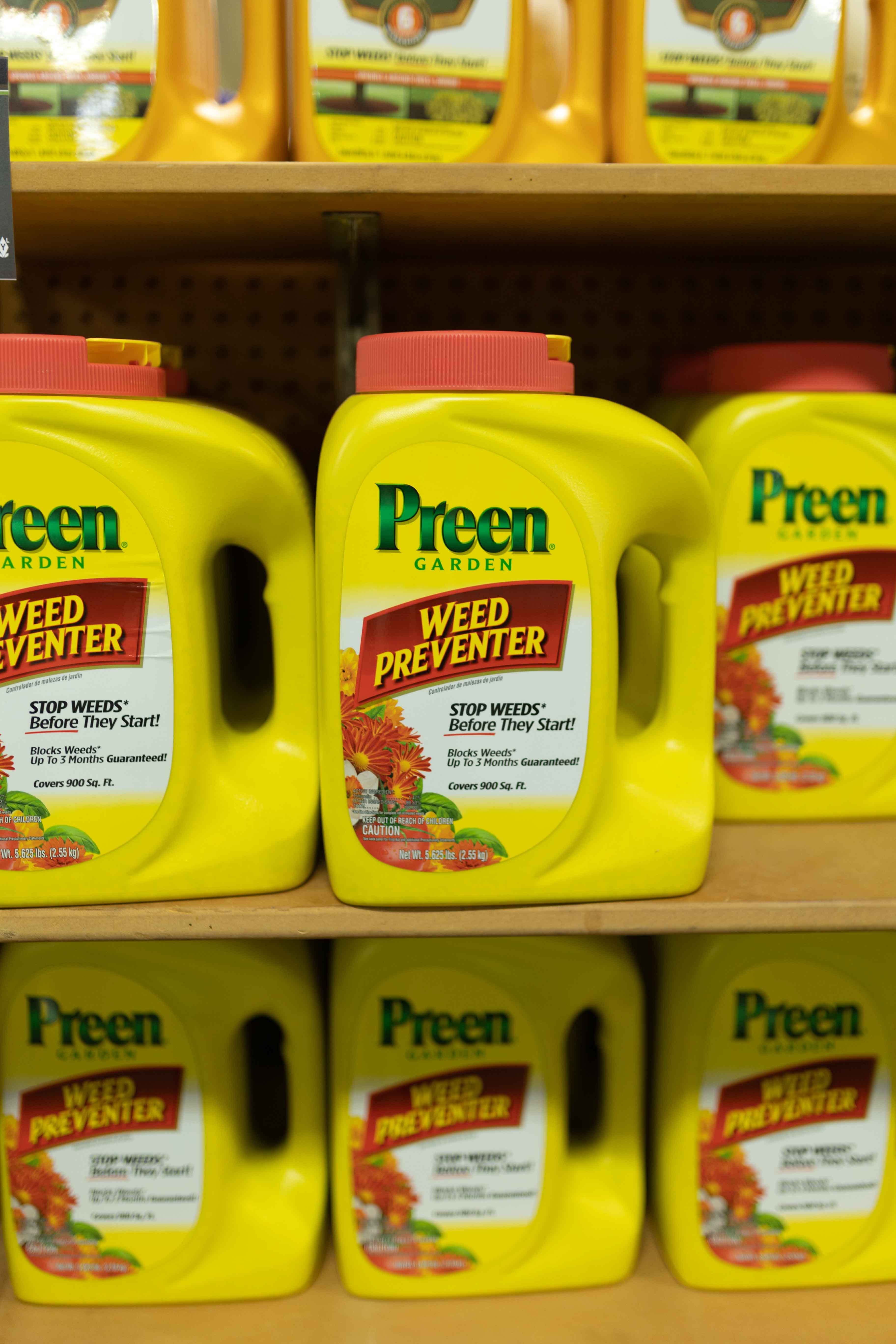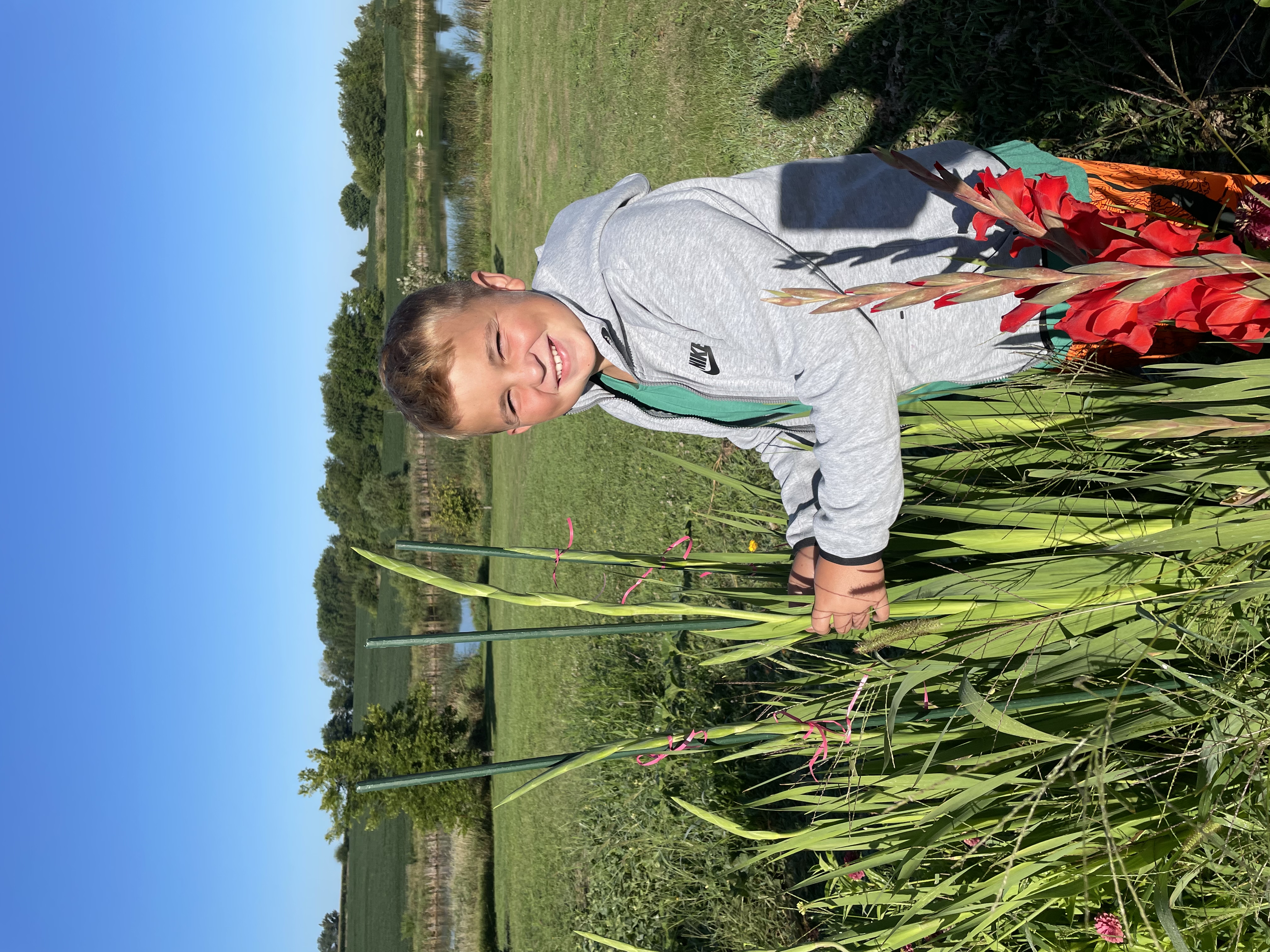Having a plan for your vegetable garden is key to reducing headaches and pests and encouraging optimal growth.
The first step I suggest is to make a diagram before planting the garden. This makes the process of planting much easier, especially if you are employing helpers. You’ll answer fewer questions about what goes where, and the planting process can be more harmonious. Be sure to put your directions on the diagram so you avoid shading out shorter plants with taller plants. Rule of thumb: plant taller or vertically grown plants to the north of shorter plants.
With a diagram in place, you’ll know the exact number of plants or seeds you need to buy before going shopping, thus saving money. If I don’t have a list, I am likely to buy a lot more than I need, which leads to overcrowding, poor air circulation and spacing in my garden.
If you have trouble bending over, need to save space or find your garden a mess with powdery mildew or other diseases caused by poor airflow, try vertical gardening. Metal fence panels work wonders in growing pole beans, peas and cucumbers. Some zucchini varieties can grow vertically too.
Be sure to leave room for walkways and hoses to work their way down the garden, you’ll be happy you did when all your plants are thriving, and you can walk through the garden easily.
Planting
This time of year, we can plant seedlings of warmer-season annual flowers such as petunias, impatiens and marigolds. I love to plant marigolds around the garden because they help deter pests and add a vibrant pop of color while the seedlings are small, and the seeds haven’t broken through the ground yet.
Plant seeds directly in the ground (direct sow) for annuals that are warm weather-loving like zinnias, sunflowers, cosmos and cornflowers. They will put on a colorful summer show.
Now is the time to plant seedlings of herbs and summer annual vegetables like tomatoes, peppers, squash, melons and cucumbers. However, if you choose to start squash, melon and cucumber from seed it would be prudent to wait because the seeds will need warmer soil temperatures to germinate, ideally in the upper 60s.
Summer-loving tropical-type bulbs and tubers like cannas, begonias, gladiolus and dahlias can be planted now, with the threat of frost over.

Weeding
Weed control after planting seedlings is as easy as applying a product called Preen. This is a pre-emergent weed control that will deter weed seeds from germinating. It will also deter planted seeds from germinating, so you will need alternative methods of weed control, such as hand weeding or straw, in areas where you plant seeds. If I have a particularly weedy spot in my garden during the growing season, I hand weed then cover with a thick layer of compost or wood mulch to deprive the area of the sunlight weeds need to grow.
Perennial Care
Now is the time to fertilize perennial flowers and shrubs as new growth is emerging. Most perennial flowers only need fertilizing once every three years.
Try Something New
A couple of years ago I was on a mission to see if I could grow a few flowers to cut and share with friends and family and to bring into my home. This sparked an interest I never knew I had. Now my garden space is home to dozens of varieties of roses and many different types of cut flowers like zinnias, dahlias, gladiolus and more. I enjoy being in the garden, clipping a bucket of blooms and arranging them to share with friends. I am learning so much about gardening in general while growing flowers.
Kids Love to Play in The Dirt!
My eleven-year-old son Barrett shares a list of his favorite vegetables and flowers he likes to grow. Every summer he boxes up produce and delivers it to our friends and family. In turn, they donate to his college fund.
He says, “I like to grow cucumbers because they taste so good, especially with ranch dressing. I like green onions because they grow fast, and I eat them in an omelet with zucchini. Lastly, I like gladiolus because they are so pretty. But the prettiest flower was the passionflower vine that we grew on the hog panel. Everyone should try that!”
Barrett is quite the hand in the garden, even if it takes a little extra convincing to come help when it is time for weeding.
Take a look as Cristen talks with Ryan from Earl May Garden Center about his tips for a beginner's garden and getting off on the right foot!